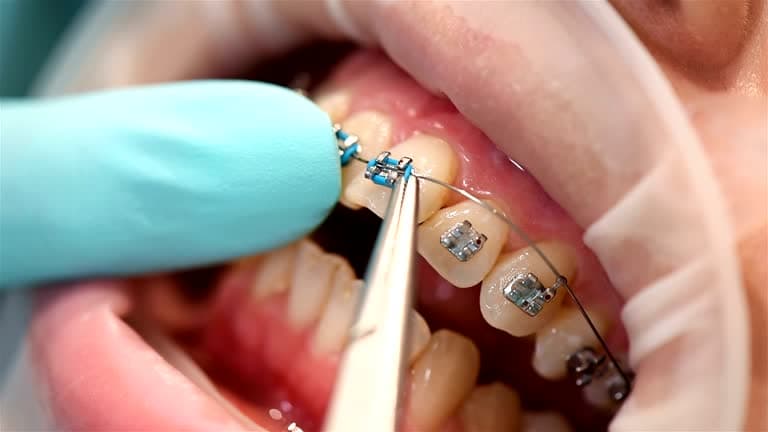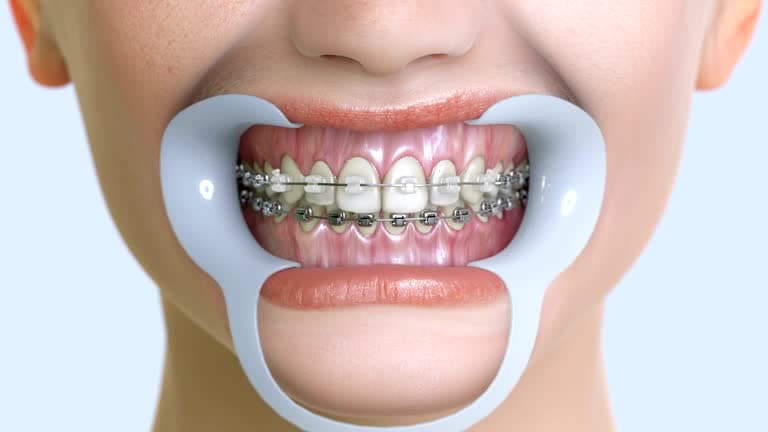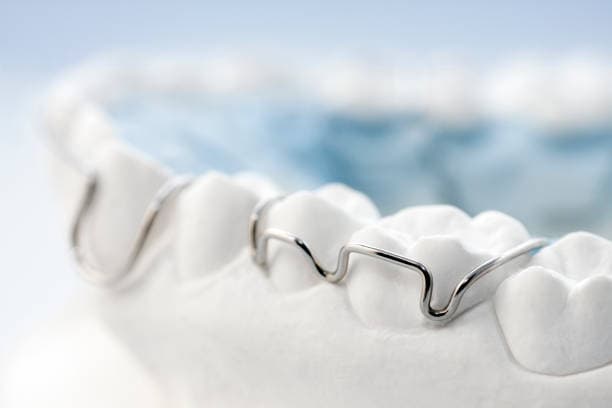Orthodontics is a specialized branch of dentistry focused on diagnosing, preventing, and treating dental and facial irregularities. It primarily deals with the alignment of teeth and jaws, addressing issues such as malocclusion (misaligned bite), overcrowded teeth, and jaw discrepancies.
What is an orthodontic?
Orthodontics is a specialized field within dentistry that focuses on diagnosing, preventing, and treating dental and facial irregularities. The primary aim of orthodontics is to correct misalignments of the teeth and jaws, which can result from various factors such as genetics, early loss of baby teeth, or habits like thumb-sucking. Common issues addressed by orthodontics include malocclusion (improper bite), overcrowded or spaced teeth, and jaw discrepancies.
Orthodontic treatment typically involves the use of appliances such as braces, clear aligners, and retainers to gradually move the teeth into their desired positions. Braces consist of brackets and wires that apply continuous pressure to the teeth, while clear aligners are removable plastic trays that fit snugly over the teeth and are changed periodically to achieve the desired alignment. Retainers are used to maintain the new position of the teeth after active treatment is completed.
Beyond the aesthetic benefits of a straighter smile, orthodontic treatment also contributes to overall oral health. Properly aligned teeth are easier to clean, reducing the risk of cavities and gum disease. Additionally, correcting bite issues can improve chewing, speech, and even alleviate jaw pain or discomfort. Orthodontics is suitable for patients of all ages, making it a valuable solution for achieving both functional and cosmetic dental improvements.

Common orthodontic problems
Orthodontic problems are quite common and can affect individuals of all ages. These issues often arise due to genetic factors, developmental issues, or habits such as thumb-sucking.
One of the most prevalent orthodontic problems is malocclusion, which refers to the misalignment of the teeth when the jaws are closed. Malocclusion can manifest in various forms, including overbite, underbite, crossbite, and open bite. An overbite occurs when the upper front teeth overlap the lower front teeth excessively, while an underbite is characterized by the lower front teeth protruding past the upper front teeth. Crossbite involves the upper teeth sitting inside the lower teeth when the mouth is closed, and open bite is when there is a gap between the upper and lower teeth even when the jaws are closed.
Another common issue is overcrowding, where there is insufficient space in the jaw for all the teeth to fit properly. This can lead to crooked or overlapped teeth, making it difficult to maintain proper oral hygiene and increasing the risk of cavities and gum disease. Conversely, spacing issues, where there are gaps between the teeth, can also occur. These gaps can result from missing teeth, teeth that are too small, or a jaw that is too large.
Other orthodontic problems include impacted teeth, where teeth fail to emerge properly from the gums, and protruding teeth, where one or more teeth extend outward significantly more than others. These issues can affect both the function and appearance of the smile, leading to difficulties in biting, chewing, and speaking.
In addition to these dental issues, jaw discrepancies such as an asymmetrical jaw or a mismatch in the size of the upper and lower jaws can also contribute to orthodontic problems. These discrepancies can cause discomfort, difficulty in jaw movement, and even temporomandibular joint (TMJ) disorders.

Advantages of orthodontics
Orthodontics offers a wide range of advantages, significantly enhancing both oral health and aesthetics.
One of the primary benefits is the correction of misaligned teeth and jaws, which can improve the function and appearance of your smile. Properly aligned teeth are easier to clean, reducing the risk of cavities, gum disease, and other dental problems.
Additionally, orthodontic treatment can address bite issues, such as overbite, underbite, and crossbite, improving chewing efficiency and reducing strain on the jaw muscles and joints.
Orthodontic care also enhances overall oral health by promoting better long-term maintenance. When teeth are properly aligned, they are less likely to experience abnormal wear and tear, which can lead to premature tooth loss and other complications.
Moreover, a well-aligned bite can prevent jaw pain and temporomandibular joint (TMJ) disorders, contributing to a more comfortable and functional bite.
Beyond the health benefits, orthodontics can have a positive impact on self-esteem and confidence. A straight, attractive smile can boost your confidence in social and professional settings, enhancing your overall quality of life.
Advances in orthodontic technology, such as clear aligners and ceramic braces, offer discreet treatment options, making orthodontic care more accessible and appealing to both children and adults.

Disadvantages of orthodontics
While orthodontic treatments offer many benefits, there are some disadvantages to consider.
One of the main drawbacks is the duration of treatment. Orthodontic procedures, such as braces or aligners, can take several months to a few years to achieve the desired results. This extended timeframe requires a significant commitment and consistent effort from patients, including regular dental visits and diligent oral hygiene practices.
Another disadvantage is the potential for discomfort. The initial application of braces or aligners can cause soreness and irritation in the mouth as the teeth and gums adjust. Periodic adjustments may also lead to temporary discomfort. Additionally, orthodontic appliances can sometimes cause minor injuries to the soft tissues of the mouth, such as sores or ulcers.
Cost is another factor to consider, as orthodontic treatments can be expensive, particularly if not covered by dental insurance. The financial burden can be a barrier for some individuals seeking these treatments.
Lastly, wearing braces or aligners can impact daily activities, such as eating and speaking. Certain foods may need to be avoided to prevent damage to the appliances, and maintaining proper oral hygiene can be more challenging.
Despite these disadvantages, many patients find the long-term benefits of orthodontic treatment outweigh the drawbacks, resulting in improved oral health and a more confident smile.

Conclusion
In conclusion, orthodontics is a vital specialty within dentistry that focuses on correcting dental and facial irregularities to improve both function and aesthetics. By addressing issues such as misaligned teeth, bite problems, and jaw discrepancies, orthodontic treatments enhance oral health, making it easier to maintain proper hygiene and reducing the risk of dental complications. Advances in technology have made orthodontic care more accessible, comfortable, and effective for patients of all ages. Whether through traditional braces, clear aligners, or other innovative solutions, orthodontics plays a crucial role in helping individuals achieve healthier, more confident smiles, contributing positively to their overall well-being and quality of life.
Read More